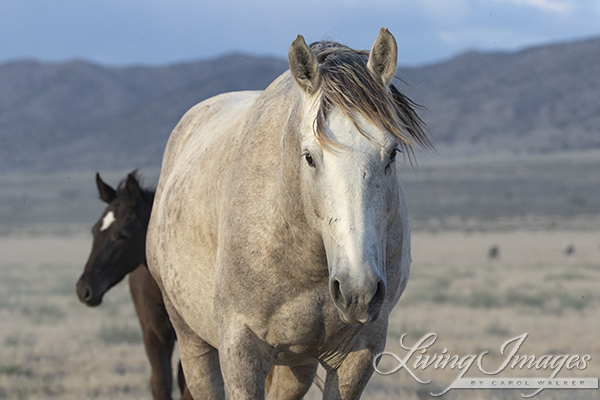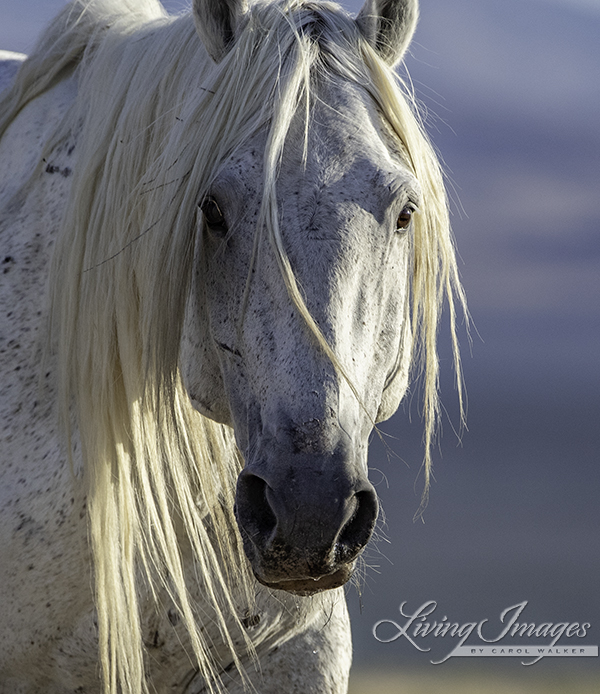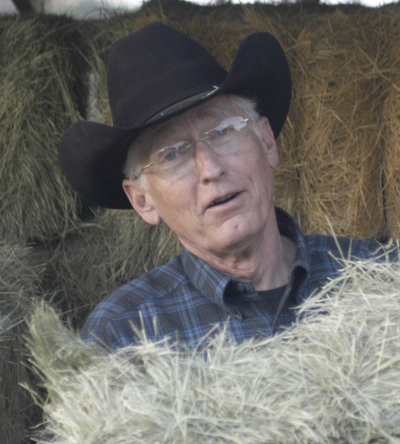Second homes are a great choice whether you’re looking for a summer retreat or an investment property. There is a laundry list of considerations to think about before making such a huge investment, however. Make sure you’re informed about all your options before you buy.
A Smart Purchase
There are two reasons most homeowners buy a second home: as a vacation property or investment. Regardless of what you use your new house for, any second home can easily be both of the above. Real estate is one of the safest and most profitable long-term investments a person can make. And if you’re careful about where you purchase your new home, there’s no reason it can’t be a weekend getaway for you and a money making rental property as well!
Rent It or Not?
A smart purchase in a desirable area means your new vacation home can double as a place to rent out to others when you’re away. By charging a reasonable rate to pre-screened, short term renters, you can easily make enough to pay for your new mortgage payments and even pocket a little bit extra on the side. Of course, not every homeowner wants to deal with the hassles of trusting their home to strangers. If that sounds like you, don’t fret. By being smart about where you buy and what you purchase, you’ll end up with a home that is attractive to both renters and future buyers. Either way, purchasing a second home is a win/win proposition.
Additional Considerations
Here are a few ideas to consider as you begin your search for the perfect new house:
- Look for homes with great views and ones that are close to parks and open space. Not only will these features make them more attractive to renters looking for a vacation getaway, but they also increase the re-sale value of your home. Unobstructed views of mountains and oceans can add up to 60% to a home’s value, while proximity to parks and open space can raise property values up to 20%.
- Calculate possible rental rates before you buy, whether you plan to rent or not. You might change your mind later about renting out your home when your away, but even if you don’t, a house that demands higher rent makes it more attractive to future buyers.
- Think about selling your current home and buying two new homes! If you’ve been paying down your mortgage and have lived in your current home for a while, think about using the equity you’ve built up in your current residence to help purchase your second property. And if you’re close to retirement and the kids have all flown the coop, think about downsizing to a smaller home for your primary residence as well. You could easily end up owning two homes for about the same price you were paying for the first!
- Look for a Low Maintenance Home. This is important for several reasons. For starters, you won’t be there all the time to keep up on maintenance chores, and when you are there you won’t want to waste your vacation working on the house. Secondly, most vacation homes are in areas where the elements take their toll. Whether it’s a seafront property or a mountain getaway, these climates tend to wear on a house quicker than in other areas. Purchasing a solid home built with low maintenance materials will ensure your time and money are spent on nights on the town instead of on mounting repairs.









Recent Comments